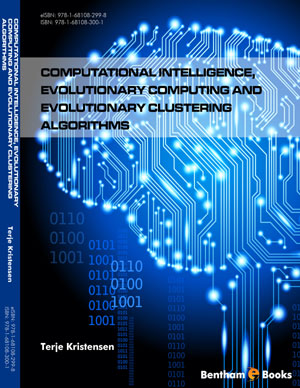About Book
Introduction
This brief text presents a general guideline for writing advanced algorithms for solving engineering and data visualization problems. The book starts with an introduction to the concept of evolutionary algorithms followed by details on clustering and evolutionary programming. Subsequent chapters present information on aspects of computer system design, implementation and data visualization. The book concludes with notes on the possible applications of evolutionary algorithms in the near future. This book is intended as a supplementary guide for students and technical apprentices learning machine language, or participating in advanced software programming, design and engineering courses.
Indexed In
Table of Contents
Introduction
Page: 3-6 (4)
Author: Terje Kristensen
DOI: 10.2174/9781681082998116010002
PDF Price: $15
Background
Page: 7-23 (17)
Author: Terje Kristensen
DOI: 10.2174/9781681082998116010003
PDF Price: $15
Evolutionary Algorithms
Page: 24-44 (21)
Author: Terje Kristensen
DOI: 10.2174/9781681082998116010004
PDF Price: $15
System Specification
Page: 45-49 (5)
Author: Terje Kristensen
DOI: 10.2174/9781681082998116010005
PDF Price: $15
Design and Implementation
Page: 50-76 (27)
Author: Terje Kristensen
DOI: 10.2174/9781681082998116010006
PDF Price: $15
Data Visualization
Page: 77-89 (13)
Author: Terje Kristensen
DOI: 10.2174/9781681082998116010007
PDF Price: $15
User Interface
Page: 90-95 (6)
Author: Terje Kristensen
DOI: 10.2174/9781681082998116010008
PDF Price: $15
A Case Study
Page: 96-104 (9)
Author: Terje Kristensen
DOI: 10.2174/9781681082998116010009
PDF Price: $15
Discussion
Page: 105-112 (8)
Author: Terje Kristensen
DOI: 10.2174/9781681082998116010010
PDF Price: $15
Summary and Future Directions
Page: 113-120 (8)
Author: Terje Kristensen
DOI: 10.2174/9781681082998116010011
PDF Price: $15


 Download PDF Flyer
Download PDF Flyer